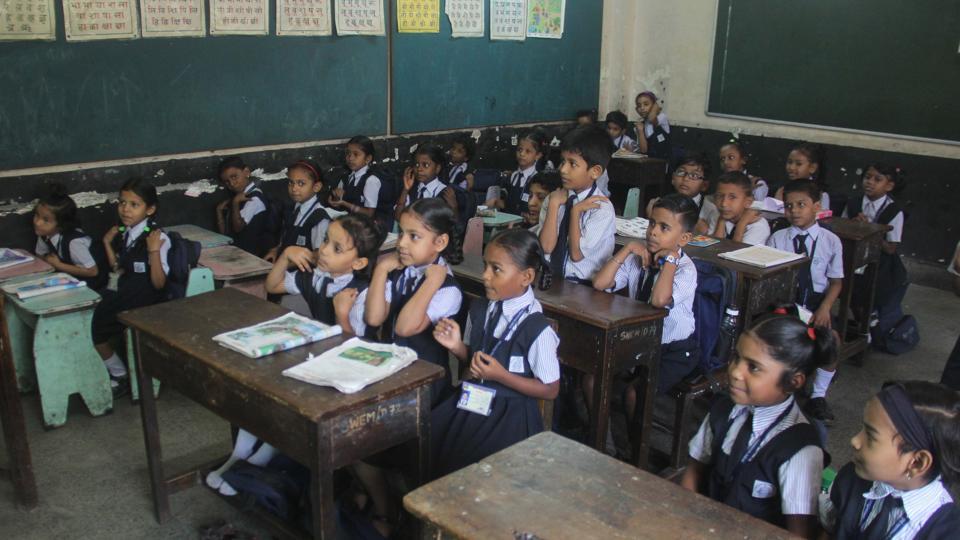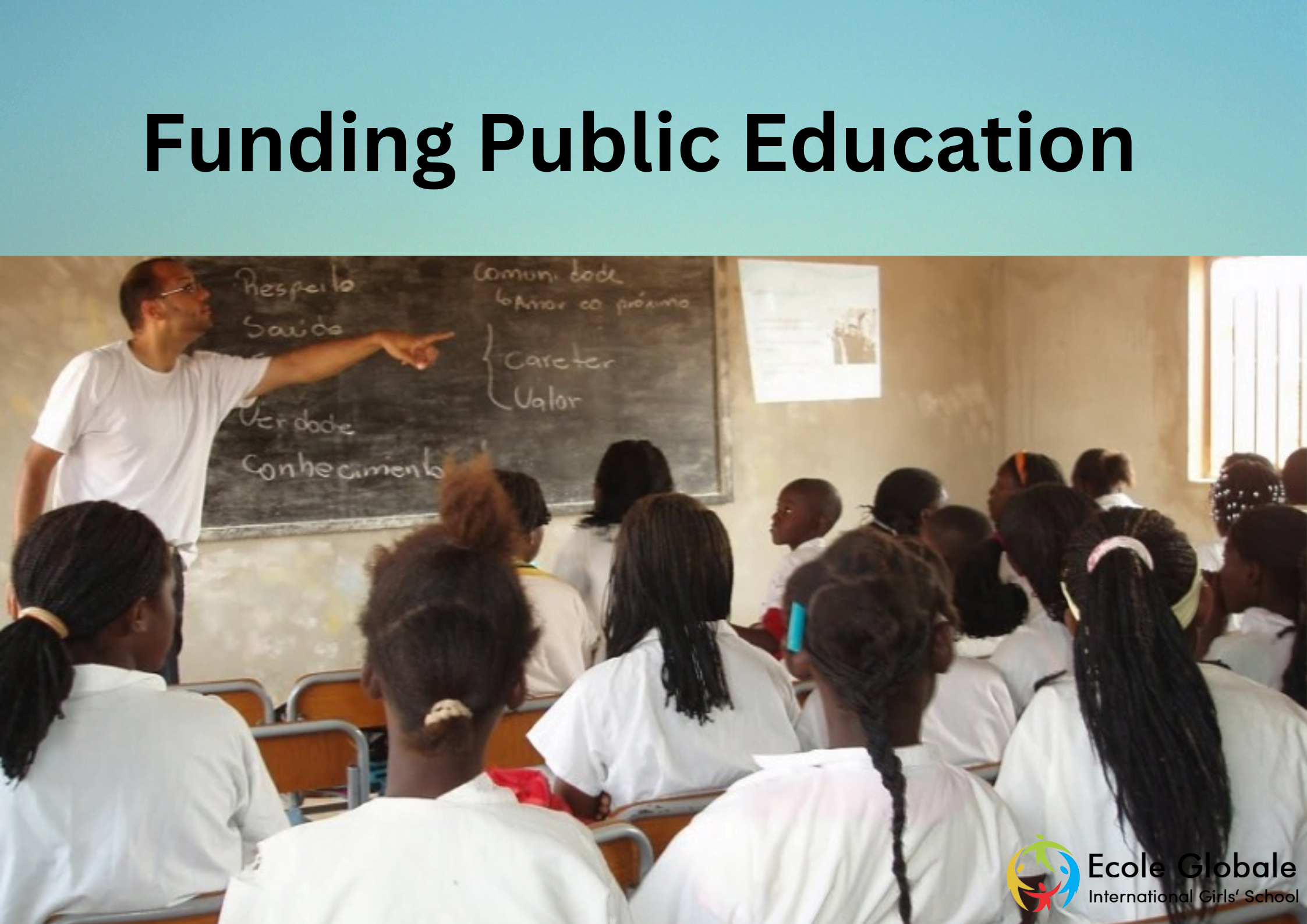The government is working on ways to improve access to education and fund the programs that need it most. These are good initial steps for getting more support for public education in India. In addition, these small changes can help children succeed in school.
The NEP 2020 asks for greater education spending, with a target of at least 6% of GDP for government spending on education. To offer more funding for education, it also proposes the implementation of a new “performance-based” financing model.
The state of financial literacy in India is something that needs to be worked on urgently because of several factors that are looming on the horizon.
As per research conducted by Boarding school in Dehradun , Public education has always been the backbone of any country’s economic growth. India has by far the largest population in the world, with over 1.2 billion and counting, which means it has to do something to ensure the country’s youth can reach its fullest potential.
Thanks to technological advances, more and more kids today have access to the classroom and education online.
As an adult, one might think online learning would rob kids of the social skills they need to grow up healthy and balanced. Research shows this is a wrong notion;
Online education could be even more effective for students who have social problems than face-to-face lessons. The sooner these students get the help they need, the sooner they can succeed in life. Search engines will soon be able to read emotions and intent from our conversations.
Also Read : The Lack Of Access To Quality Education
Why Is Public Education Necessary?

This National Education Policy 2020, which aspires to answer the numerous expanding developmental imperatives of our nation, is the first education policy of the twenty-first century. According to this policy, all facets of the educational system, including its regulation and funding, should be revised and modernised.
Public education is necessary for countries like India because it helps to prepare students for their futures. Public schools provide students with a solid foundation in basic concepts, such as math and reading, so that they can enter the workforce on an even playing field with their peers who attended private schools.
Additionally, public schools provide a safe environment for children who may live in poverty or otherwise be at risk of being targeted by violence or exploitation.
Parents may not be able to afford private school tuition or may be unable to afford transportation to get their children there every day. So public education provides them with an affordable option that will allow them to focus on providing food and shelter for their families instead of worrying about whether or not their child will be attacked on the way home from school each day.
Public education also helps strengthen communities by bringing people together around shared values and goals. In India’s case specifically, this means teaching children about Indian culture and history while also preparing them for life outside of India by incorporating international perspectives into curriculums as well as encouraging participation in global competitions.
Why Does The Government Need To Fund Public Education In India?

Education is a right of every human being and ensuring equitable access to education throughout India is the moral, social and legal obligation of the Government. Education forms a huge part of an individual’s life where people can gain self-actualisation, become better members of society, and contribute towards building an enabling environment for economic growth.
Public Education Is The Largest And Most Important Investment

India can make the former investment to ensure its economic strength and global competitiveness.
Public education is the largest and most important investment that a government can make in its people. It is also the most cost-effective. The benefits of public education are not just economic—they are also social, cultural, and political.
Public education fosters an educated citizenry that is prepared for participation in society and citizenship.
- Public education helps people understand their rights as citizens and how to exercise them;
- it helps people become informed about public issues and take part in democratic processes;
- it helps people learn how to be good neighbours, friends, family members, and colleagues;
- it helps people develop their full potential as human beings.
Public education is essential for promoting economic growth because it ensures an educated workforce with the skills needed for jobs in today’s global economy.
Money spent on public education will pay for itself many times over by helping create more productive workers who contribute more to society through taxes than they receive through benefits such as unemployment insurance or disability payments.
Creates A More Informed, Dedicated, And Productive Workforce

The government has a vested interest in funding public education because the country’s future depends on its citizens being productive, informed workers. Without public schools, the government would not be able to reach all children with its message about how important education is for their futures.
The quality of life for all people living in India would improve if the government were able to reach all citizens with its message about how important it is for children to attend school. The economy would benefit as well because people who are better educated tend to earn more money than those who are not.
It Will Help Lower The Dropout Rate

Giving India’s public schools the resources they need will automatically decrease the dropout rate in the country. For the past few years, India’s dropout rate has been steadily increasing. According to the data, the main dropout rate (Classes 1–5) increased from 0.8 per cent in the academic year 2020–21 to 1.5 per cent in 2021–22.
This is a huge problem for India and its economy as a whole. If we don’t get this under control, it will continue to be bad for the country’s future.
To get this under control, we need to start by funding public education so that teachers can be paid more and have better training. This will help them provide their students with the resources they need to learn and succeed in school.
It will also help lower our dropout rate because students will feel like they are getting something out of their time in school.
Better Teachers, Leading To Better Learning For Students

There are many instances where teachers do not show up to work, leaving students stuck with no instruction at all. That leads to a high rate of absenteeism among teachers and poor morale among them, which then leads to low teacher performance overall.
If the government were to step in and fund public education, they would be able to hire more qualified teachers who care about their jobs and want to make sure their students learn what they need to learn. This would help solve many problems currently plaguing public schools across India, such as high rates of absenteeism and poor morale among teachers who feel undervalued by their institutions.
Equal Opportunity To Everyone

Regardless Of Their Social Status Or Economic Circumstances, anyone would access quality education.
In India, the government has a responsibility to provide all of its citizens with equal access to education. This is because education is a fundamental right and it can help people get better jobs and live healthier lives, which ultimately leads to a better society as a whole.
The government should fund public education in India because it will help those who need it most. Public schools can’t charge tuition or fees, so they are available to students regardless of their social status or economic circumstances. This means that children whose parents don’t have money can still get an education just like children whose parents do have money.
Additionally, public schools are required by law to provide special services such as transportation and meals for students who need them. If these services weren’t available then many students wouldn’t be able to attend school at all because they wouldn’t be able to get there by themselves or pay for lunch every day.
Conclusion
If India invests in our students, it is investing in its future. More research tends to be conducted on students who are more apt to be studying in a public school than those who attend private schools.
Of course, there is no way to generalise the findings of studies conducted on public and private school populations, but there is a trend in the results which suggests that public school students have greater difficulty in their academic experience.
That hinders their social and emotional development as the education they receive does not prepare them for the world around them.
For any queries related to parenting, schooling, or any student-related tips, click here to check out our latest blogs






